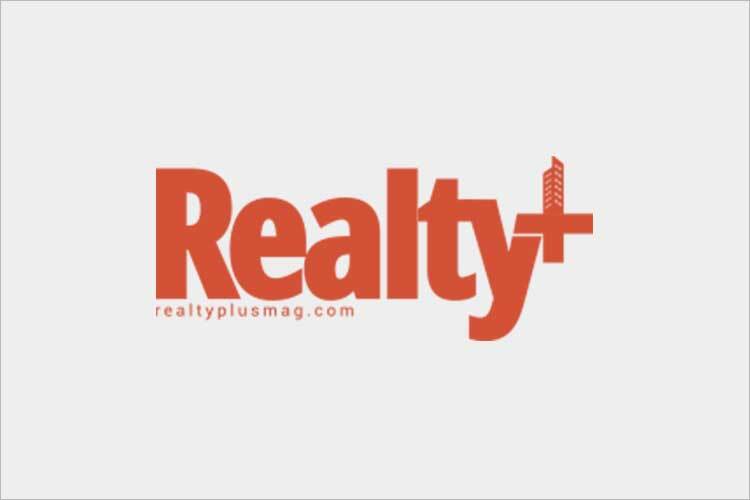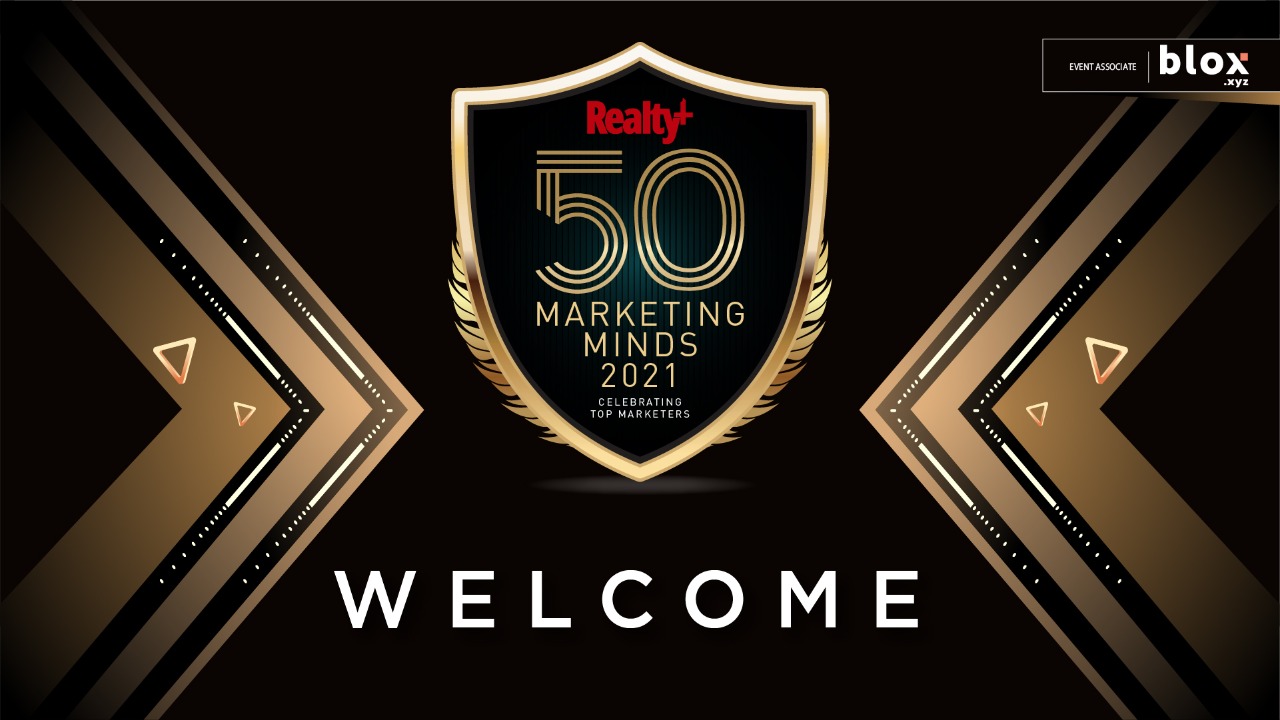E - PAPER
BUYERS PREFERENCE FOR SMART, CONNECTED & EFFICIENT HOMES
The panel discussion during Schneider Electric Innovation Talk webinar deliberated on the factors driving homebuyer’s inclination towards technology-enabled residential spaces and how luxury features have now become a necessity. Deben Moza, Executive Director – Head of Project Managemen
 BY
Realty Plus
BY
Realty Plus
Published - Monday, 26 Apr, 2021

The panel discussion during Schneider Electric Innovation Talk webinar deliberated on the factors driving homebuyer’s inclination towards technology-enabled residential spaces and how luxury features have now become a necessity.
Deben Moza, Executive Director – Head of Project Management Services, Knight Frank India mentioned, "Smart home market is projected to reach 4309 Million dollars in 2021. Revenue expected to show annual growth CAGR between 2021 and 2025 of 20.3% while, household penetration will be 6.3% in 2021 and is expected to hit 12.8% by 2025. According to the World Bank by 2030 roughly 41% of the population is expected to live in urban areas. This creates enormous opportunity for smart home market players.”
Rajendra Joshi, CEO, Residential, Brigade Group concurred that urbanization is here to stay in India. “The people coming to the cities will prefer home close to their work and in a prominent location which has all basic necessities that includes smart features as smart homes are becoming a basic necessity now."
Anubhav Gupta, Chief Executive Officer- Vikhroli | Chief CSR & Sustainability Officer | Founder GPL, Design Studio, Godrej Properties Ltd added, " Pandemic has made home a major focus now and the sentiment to own a home is all- time high. During the pandemic we thought sales would suffer but we have seen an unexpected surge in sales. So the need to be smart connected, efficient, sustainable home these are key requirements in home as people want larger and more flexible spaces."
Abhishek Kapoor, COO - Residential Business, Puravankara Ltd agreed, "Consumers have become more health conscious and this is a constant trend during pandemic time. Homeowners want smart technology enabled home appliances and smart furniture as well. Now expectations from home has changed very significantly and moved everyone's attention on health and sustainability."
Shabbir Kanchwala, Sr. VP, Purchase Contracts & Project Co- ordination, K Raheja Corp stated, "In 2006 when we started to build green homes, people thought we were crazy. Today, India is 3rd largest green building constructor. Nowadays we are setting up touch less facilities in home and office premises. Smart home concept in India has evolved now."
Akhil Ganatra, Managing Director, Clancy Global advocated mixed use developments in the cities. “The present day mixed use developments are more of a dynamic used spaces where a single space can be used for multiple purposes. We can take inspiration from Scandinavian countries that are building plug and play spaces."
Srinivas Shanbhouge, Vice President - Retail Business Schneider Electric India agreed that there can be lot of learnings from western countries as in India smart homes and buildings are still evolving. “Smart space means being connected within the space and outside. Smart Township, smart cities they are all interconnected. It's all about bringing efficiency and comfort and safety inside the home. We at Schneider believe our smart home, IOT, open bus concept will connect with the larger community as well as the smart city concept.”
In India the share of the population over age of 60 is projected to increase from 8 to nearly 20% by 2050. This demographic trend is expected to continue and will boost the smart home market segment.
IMPROVING QUALITY OF LIFE
Abhishek Kapoor said, "If work from home culture continues, people will prefer larger affordable homes in the outskirts of the city. As they won't be going to the office every day. This will create demand for more holiday homes and mixed used development which have technology features for ease of living and working.”
Anubhav Gupta said, "The idea behind mixed used development is that you will get choices to Live, Learn, Work and Play within the development. The next format in India would be mixed use and mixed income developments as seen in other countries. The smart and connected spaces within homes and within the integrated development are becoming way of life.”
Shabbir Kanchwala explained, "While, in workplaces health and wellness aspects have become important, same trend can be seen in residential developments as well. The smart devices and systems are being employed not only for convenience but for health safety and security as well in present times.”
Rajendra Joshi was of the view that developers are now providing homes with wide balconies and windows for better sunlight and fresh air as well as home automation and automation of common services in the buildings to cater to new age homebuyers..
Akhil Ganatra considered sustainability to be about operational efficiency and being smart about user experience. “All global studies of smart cities show that just by automating the monitoring of energy, water and waste consumption you can reduce consumption by 60%. Thus, technology and human behaviour go hand in hand.”
Srinivas Shanbhouge talking of a challenge for smart homes mention the internet connectivity infrastructure in India which is still developing. “Given the smart devices need connectivity infra, we are working on some other beta based technologies to resolve this issue."
Deben Moza summarizing the discussion said, “Human wellbeing, sustainability and technology all clubbed together forms a smart solution which is now the need for Indian homes, cities as well as infrastructure,”."
Convenience, safety & security and energy consumption are major drivers for the smart home market. Moreover factors such as improved lifestyle, increase in disposable income and surge in awareness of smart automated systems have boosted adoption of smart home devices thus driving the Indian smart home market growth.
RELATED STORY VIEW MORE
TOP STORY VIEW MORE

Mixed Outlook for Australia's Housing Sector In 2024
Mixed Outlook for Australia's Housing Sector In 2024
05 December, 2024NEWS LETTER
Subscribe for our news letter















